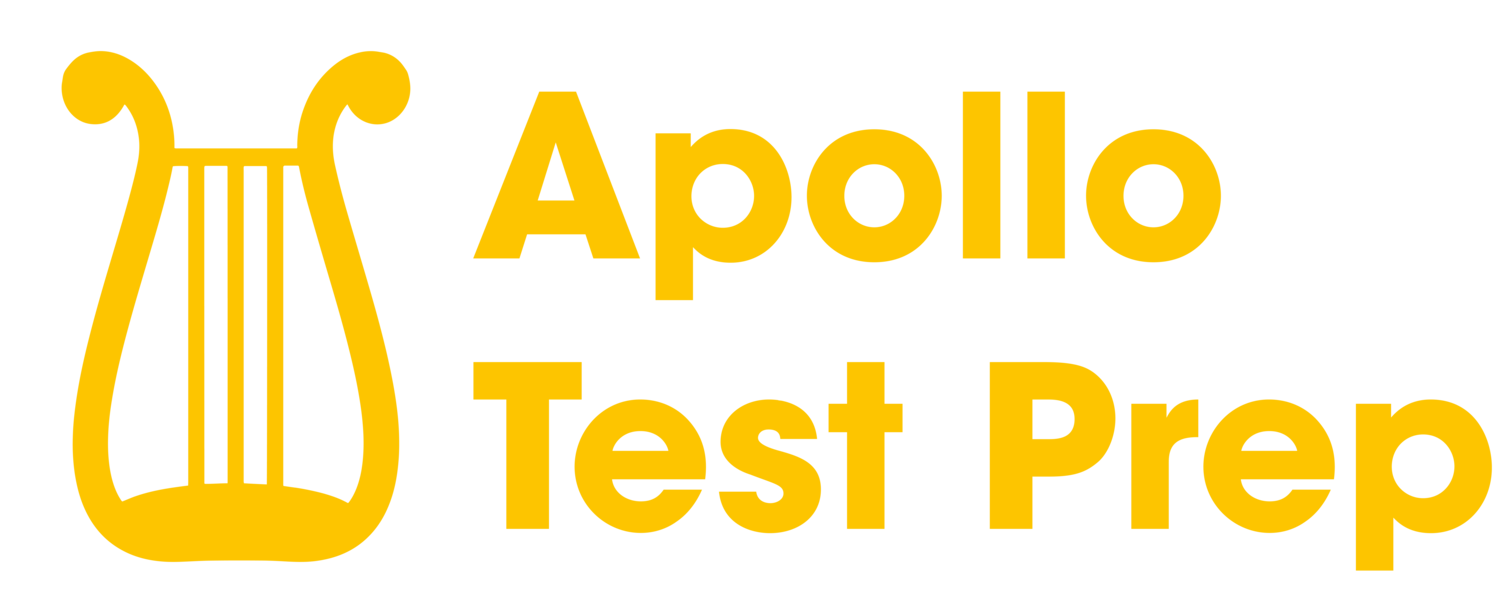LSAT Explanation PT 40, S1, Q14: Some critics claim that the power
LSAT Question Stem
Which one of the following most accurately describes a reasoning flaw in the argument?
Logical Reasoning Question Type
This is a Flaw question.
Correct Answer
The correct answer to this question is C.
LSAT Question Complete Explanation
The question type for this problem is a Flaw question, which means we need to identify a reasoning flaw in the argument.
Let's first summarize and analyze the argument in the passage. The argument's structure is as follows:
Premise (1): If the media conveyed a range of opinions narrower than that found among consumers, its power would be too great (N PG).
Premise (2): The media does not convey a narrower range of opinions (N)
Conclusion: The media does not have too much power to impose its opinions on the public (PG)
The argument has one conclusion, which is that the media does not have too much power to impose its opinions on the public. The premises supporting this conclusion are that the media does not convey a narrower range of opinions than those found among consumers.
An "Evaluate" question for this argument could be: "Does the variety of opinions conveyed by the media accurately represent the level of power the media has to impose opinions on the public?"
Now let's discuss each answer choice:
a) The argument does not launch a personal attack against the critics; it focuses on the range of opinions conveyed by the media. This answer choice is incorrect.
b) This answer choice is incorrect because the statement that the media purveys an appropriate range of opinions is a given and not an unstated assumption.
c) This answer choice is correct because it accurately identifies the flaw of Mistaken Negation in the argument. Just because the media does not convey a narrower range of opinions than that found among consumers, it does not automatically mean that its power is properly limited.
d) The argument does not rely on popular opinion to substantiate its conclusion. It focuses on the range of opinions conveyed by the media. This answer choice is incorrect.
e) The author never explicitly or implicitly suggests that it is desirable for a wide range of popular opinions to receive media exposure; she merely states that the exposure of popular opinion in media is as wide as the range of opinion found among consumers. This answer choice is incorrect.
In conclusion, the correct answer choice is (c), as it accurately describes the reasoning flaw of Mistaken Negation in the argument.
